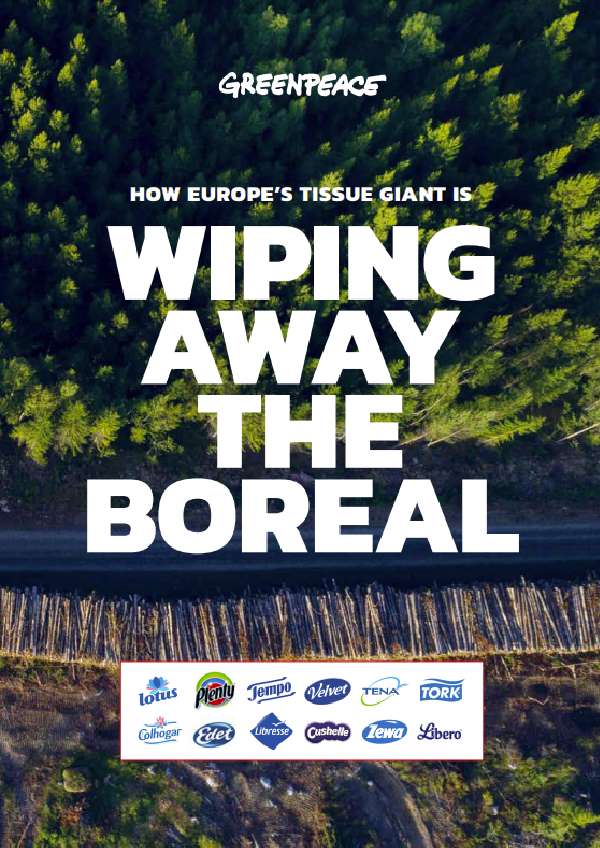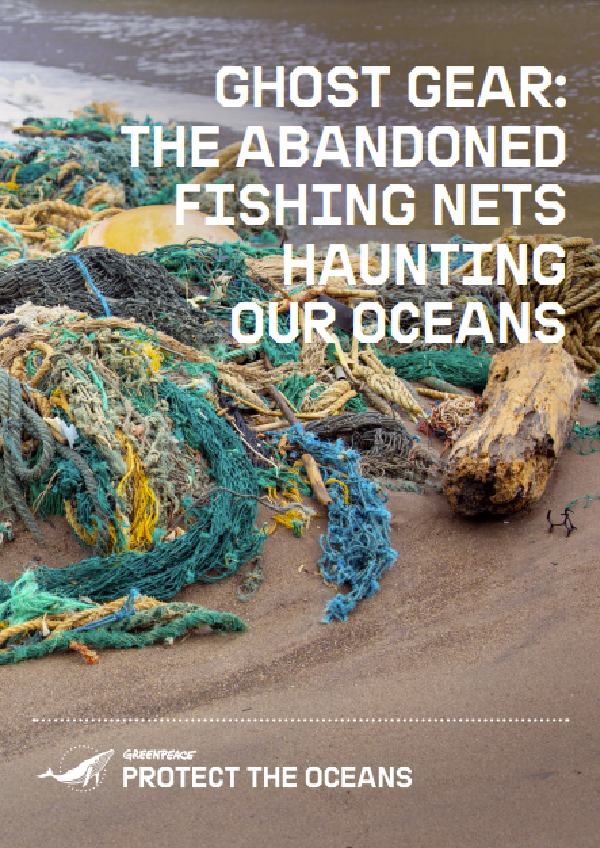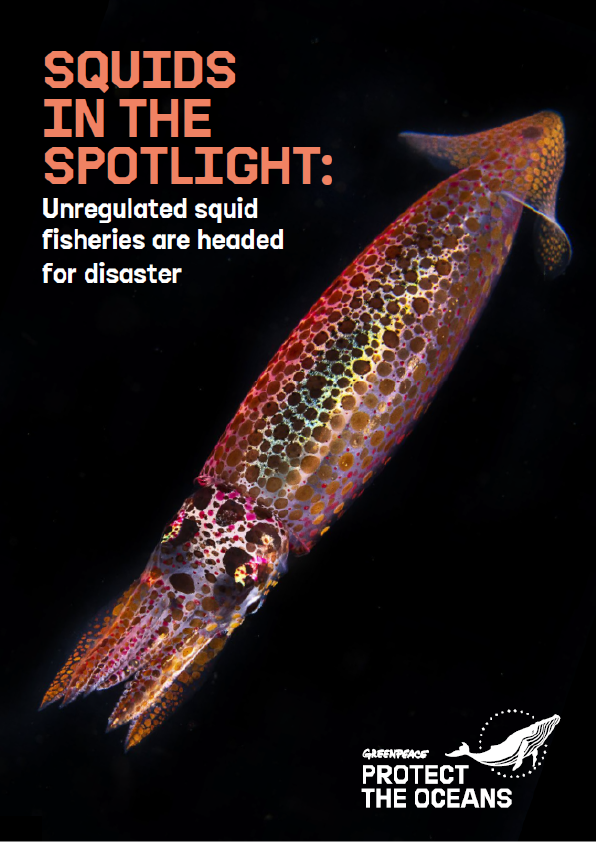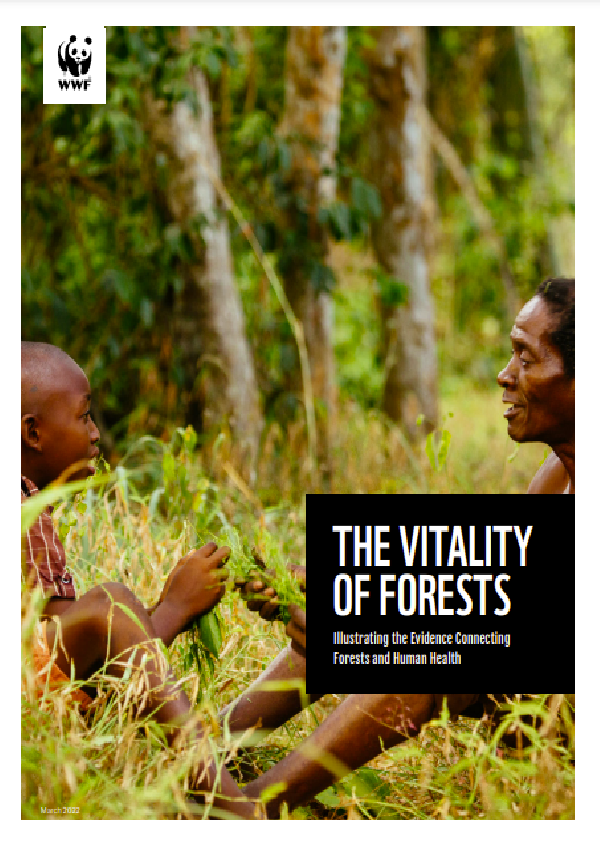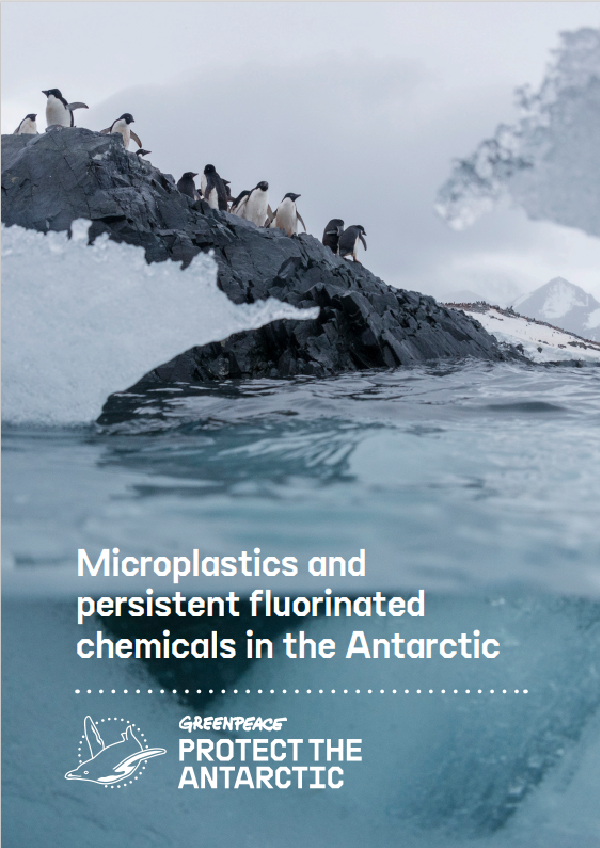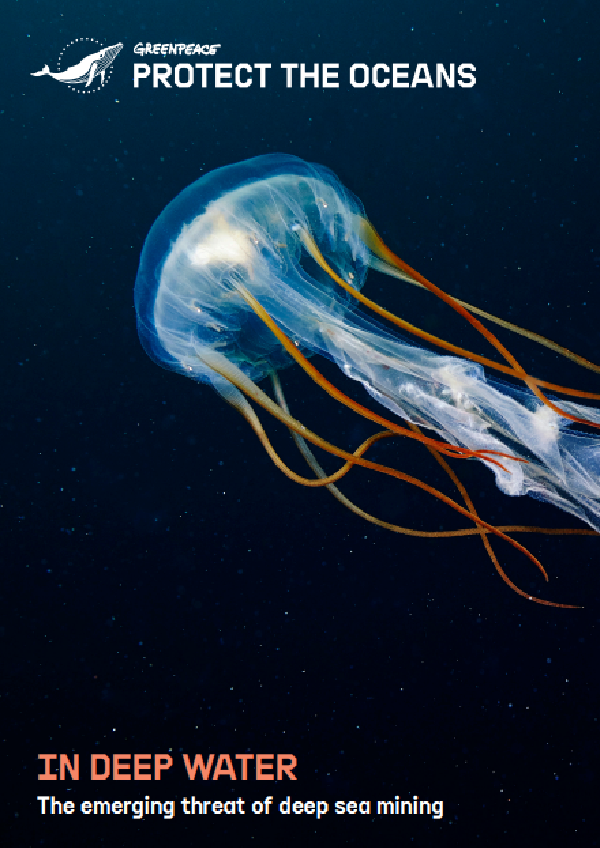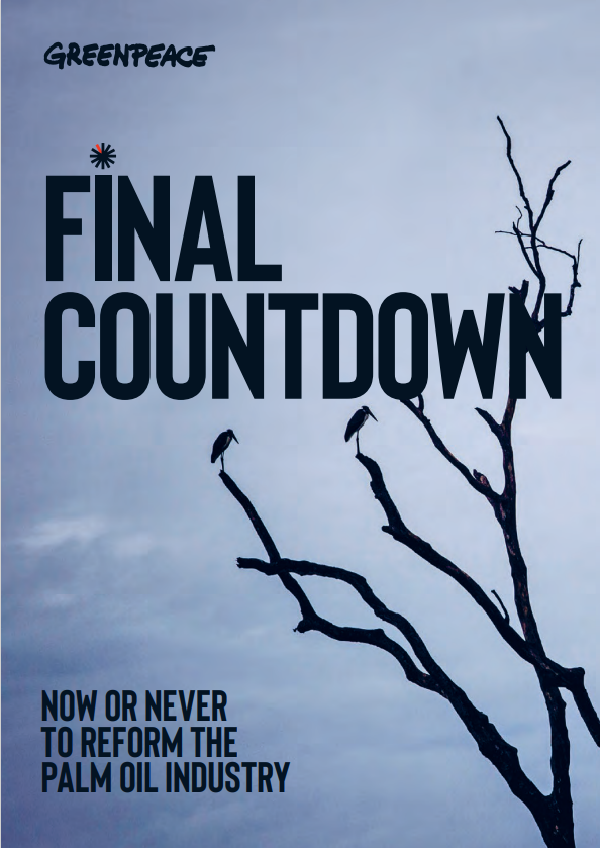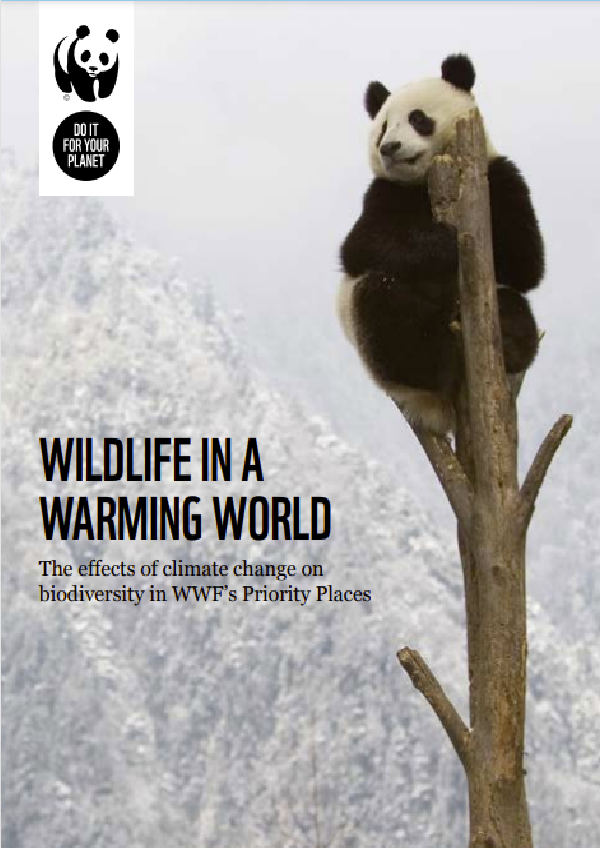Human activities are currently driving the world’s species to extinction at up to 1,000 times the natural rate. To protect biodiversity and the functioning ecosystems that are vital to our well-being, we must reduce and ultimately halt our destruction and degradation of natural habitat.
A vital step towards this goal is the worldwide establishment of an effective network of protected areas, as mandated by the Aichi Biodiversity Targets agreed by the world’s governments in 2010 under the UN Convention on Biological Diversity (CBD). Among other things, these targets require governments to contribute towards protecting at least 17% of the world’s terrestrial areas, especially those important for biodiversity and ecosystem services, including forests, by means of ‘ecologically representative and well-connected systems of protected areas and other effective area-based conservation measures’ (Aichi Target 11).
The need for such protected areas is especially urgent in the Great Northern Forest that rings the boreal region and represents nearly one-third of Earth’s remaining forest. Though its biodiversity is threatened by massive habitat loss, less than 3% of this boreal forest is formally protected.
Since the 1950s, in Sweden’s portion of the Great Northern Forest, large areas of old-growth forest have been clearcut and the wider forest landscape fragmented. This has led to population declines in hundreds of forest species, with logging currently believed to be having significant negative impacts on over 1,300 red-listed plants, animals, fungi and lichens.
Sweden’s Environmental Protection Agency (EPA) has repeatedly acknowledged the inadequacy of the country’s forest policy. The EPA and Sweden’s Forest Agency were recently mandated by the government to publish a new national strategy for the formal protection of forest, which lists the boreal region as one of its key priorities and declares that increasing the legal protection of productive forest land is its primary aim. In pursuit of this objective, the EPA and the country’s Forest Agency commissioned studies that have identified 366 High Value Forest Landscapes (HVFLs): critical forest areas with ‘particularly high ecological preservation value’ and each covering at least 1,000ha. The intention behind these HVFLs is to address the serious fragmentation of the Swedish forest, in which most areas with high conservation values are small and widely scattered in a vast landscape of clearcuts and plantations, leaving populations of many species threatened by their isolation from other populations and other areas of suitable habitat.
The HVFLs so far identified total over 5.9 million ha of boreal forest within the productive forest zone, most of it currently unprotected.
Yet even as the process of identifying the HVFLs continues, they continue to come under threat from logging and paper companies – just as in Russia, where Greenpeace recently exposed the battle between loggers and conservationists for the future of the Dvinsky Forest in Arkhangelsk Oblast, threatened by demand from global brands. In Sweden as in Russia, one of the drivers of boreal forest destruction is the tissue giant Essity.
Source: Greenpeace (http://www.greenpeace.org)
